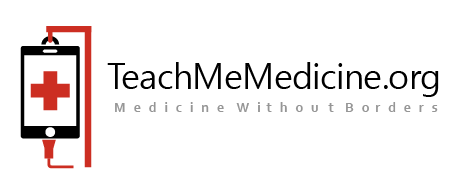Greetings and esteemed salutations. Allow me to introduce myself as Dr. Rezaian, a physician, bearing great honor and pleasure in engaging with you.
In these challenging times, the world requires problem solvers more than ever, and we are dedicated to contributing to the advancement of medicine through AI-driven solutions.
By harnessing the power of AI, we have the opportunity to challenge the conventional norms and revolutionize medical education.
Our focus is on breaking down barriers and increasing accessibility to quality healthcare, especially in underserved communities. Here are some of the ways AI can address this pressing need:
1. Remote Learning and Telemedicine: AI can act as an interactive virtual tutor, bringing medical education to individuals in underserved areas with limited access to traditional learning resources. Through chat-based interactions, it offers personalized learning experiences, answers questions, and guides learners on various medical topics.
2. Multilingual Support: Language barriers should not hinder access to quality healthcare. AI, being proficient in multiple languages, can communicate effectively, providing medical education and support in various languages, thus improving accessibility for diverse populations.
3. Tailored Content Delivery: Understanding that each learner has unique needs, AI can adapt its teaching style and content delivery. By personalizing educational experiences, medical education becomes more engaging and effective.
4. Accessibility for Low-Resource Settings: AI can provide real-time access to the latest medical knowledge, research, and best practices, bridging the gap between medical professionals in underserved communities and cutting-edge information, even in resource-limited areas.
5. Collaboration and Peer Learning: Facilitating global connections, AI can bring medical students and professionals together across geographical boundaries. Through fostering a community of learners, it encourages knowledge sharing, case discussions, and collaborative problem-solving.
6. Decision Support and Clinical Reasoning: AI can assist healthcare practitioners in underserved communities by offering decision support and enhancing their clinical reasoning skills. It provides valuable insights, suggests potential diagnoses or treatment options, and helps healthcare providers make informed decisions.
7. Continuing Medical Education (CME): AI can support ongoing professional development by providing access to CME materials and resources. Interactive modules, quizzes, and case studies ensure that healthcare professionals in underserved communities stay up-to-date with the latest advancements in medical practice.
8. Health Literacy and Patient Education: AI can play a crucial role in improving health literacy and patient education in underserved communities. By providing accessible and understandable health information, it promotes preventive care and empowers individuals to make informed decisions about their health.
While AI is a valuable tool in medical education and healthcare, it is important to emphasize that it should not replace hands-on clinical training, mentorship, or the expertise of qualified healthcare professionals. Instead, AI should complement these elements, enhancing accessibility and bridging gaps in medical education to foster a healthier world for all.
